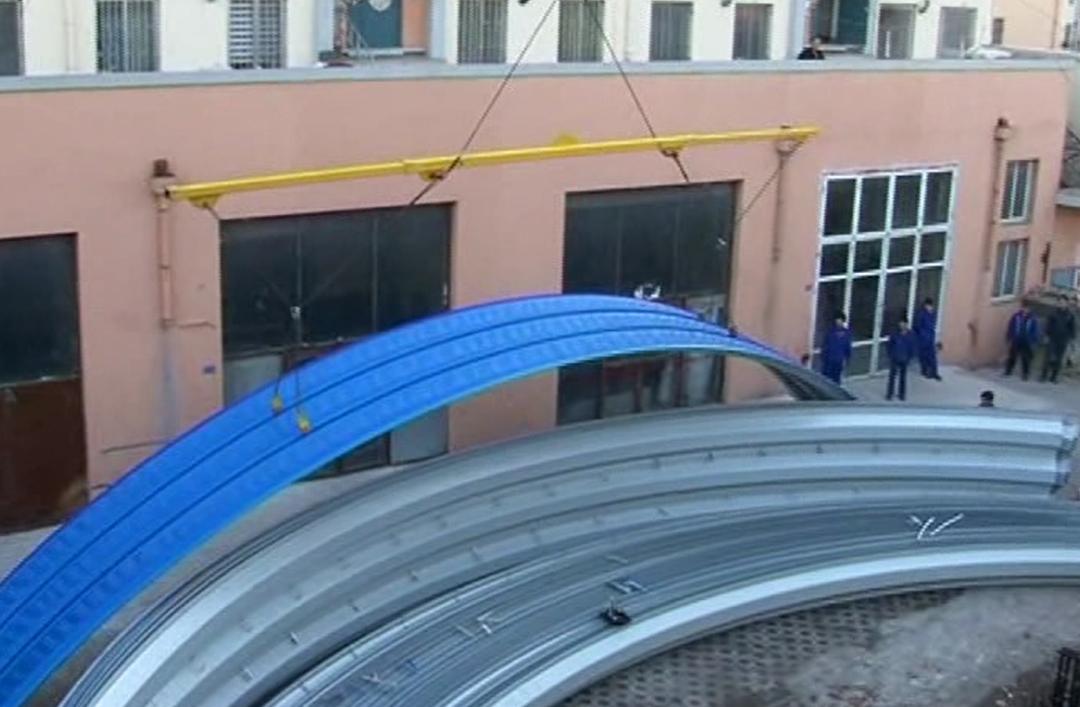
EPS Sandwich Panel Production Line An Overview
The EPS (Expanded Polystyrene) sandwich panel production line is a key technology in the construction and manufacturing industry, recognized for its efficiency, versatility, and cost-effectiveness. These production lines facilitate the creation of lightweight yet sturdy panels, which have become increasingly popular in a variety of applications, such as building facades, roofing systems, and internal wall partitions.
Understanding EPS Sandwich Panels
EPS sandwich panels are composed of three layers an outer layer made of materials like steel or aluminum, a core layer of expanded polystyrene, and another outer layer identical to the first. This unique structure allows for exceptional thermal insulation, soundproofing, and structural integrity. The lightweight nature of EPS combined with its high strength-to-weight ratio makes these panels ideal for both commercial and residential construction projects.
Components of the Production Line
An EPS sandwich panel production line typically consists of several key components, including
1. EPS Pre-expander This machine is responsible for expanding polystyrene beads to the desired density, which is crucial for ensuring the appropriate thermal insulation properties of the final product.
2. Mixing and Coating Machine This is used to prepare and apply the adhesive that bonds the three layers of the sandwich panel together. The timing and distribution of the adhesive are critical for the panel's performance and longevity.
3. Panel Forming Machine In this stage, the pre-expanded EPS and the outer layers are combined and shaped into panels. This process involves precise control to ensure uniformity in thickness and quality.

4. Curing Oven After forming, the panels are placed in a curing oven where the adhesive sets and the structure gains its final strength. This step is vital to ensure durability.
5. Cutting Machine Once cured, the panels are cut to the required dimensions. Advanced cutting technology ensures clean edges and customized sizes according to client specifications.
6. Stacking and Packaging System The final stage involves stacking the finished panels for delivery, ensuring they are securely packaged to prevent damage during transportation.
Advantages of EPS Sandwich Panels
The production line for EPS sandwich panels offers numerous advantages. Most notably, these panels are lightweight, which reduces transportation and labor costs. They also provide excellent insulation, helping to lower energy costs associated with heating and cooling buildings.
Moreover, the use of EPS in sandwich panels contributes to environmental sustainability. EPS is a recyclable material, and the energy savings achieved through the use of insulated panels can significantly reduce a building's carbon footprint over time.
Conclusion
The EPS sandwich panel production line represents a significant advancement in modern construction technologies. With their combination of strength, insulation, and efficiency, EPS sandwich panels are increasingly favored in the building industry. As technology continues to evolve, we can expect further innovations that will streamline production processes and enhance the performance of these versatile panels, making them an even more integral part of sustainable building practices in the future. The ongoing development and integration of automation and smart technologies will likely redefine the efficiency standards within this sector, shaping the construction landscape for years to come.